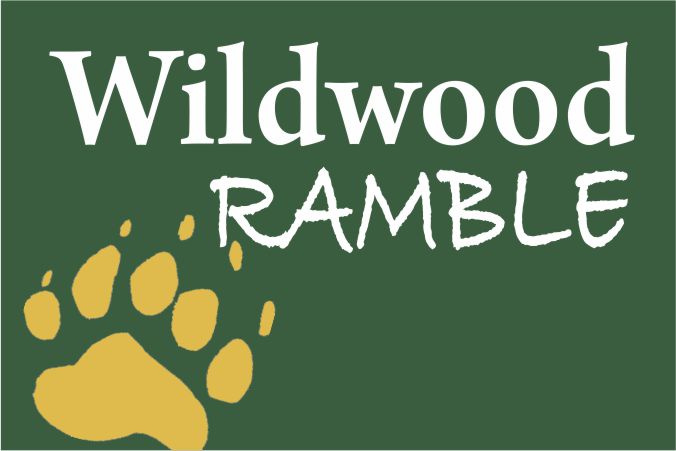
3 minute read
Winter Frost
BY ALEXANDER SMITH, EIS NATURALIST
As children scuttle back on their bus for home, another day draws to a close here at Wildwood. A day in the forest with orange and red leaves crunching underfoot, dodging puddles and looking for mushrooms — fall in our little woodland is truly magical. In fact, for us naturalists, the worst thing about fall on Vancouver Island is that it simply doesn’t last long enough. As we creep into winter and overnight temperatures drop, the fresh, dew-laden landscapes become gripped with something entirely new: frost.
For many, including myself, frost brings an inescapable element of fi nality to life in the forest. Once it touches the forest, any new life sprouting from the ground is seemingly halted in its tracks until spring.

So, what is frost? At its core, frost is a manifestation of water vapour in the air freezing on surfaces, covering them in a thin layer of ice. If you’ve seen frost before, it often suddenly transforms the forest into a festive wonderland. In forests such as Wildwood, this process is particularly captivating, as the intricate architecture of tree branches, leaves and even the forest floor itself becomes a canvas of sparkle, with every crystal more unique than the last.
But why is frost so interesting? Is it good or bad? The truth is, the coming of frost is a very important and fundamental part of life in the forest. Here on Vancouver Island, some of our plants actually need the presence of frost to come and go in order to start their germination in the spring. This process, known as cold stratification, greatly improves the germination rate of plant seeds such as the arbutus (Arbutus menziesii). Research suggests that seeds exposed to frost increase their chance of bursting into life by up to 80 per cent compared to seeds that have been kept warm.

When you think of mosquitoes, there’s a reason that you only see them in warmer months. Frost is also an effective way of keeping pest populations in check during the winter. This not only gives us and other forest animals a break from being eaten by swarms of summer mosquitoes, but also provides the chance for small saplings to grow without the presence of harmful caterpillars and other parasites. The cold also affects the rate at which things rot and decompose in the forest. As frost lands on a rotting log, it slows down the microbes in the wood and soil, reducing the decomposition rate. This, in turn, preserves potential food for the forest throughout winter, which it can then use in the spring as the frozen ground thaws.

In fact, even as the frost melts in the spring, it breathes life back into the forest. This influx of early water is used by young plants as they grow and push up through the soil. So, whether it’s keeping flies out of your hair or maintaining the forest’s balance until the arrival of spring, let’s express our gratitude to our winter guardian, Frost!




